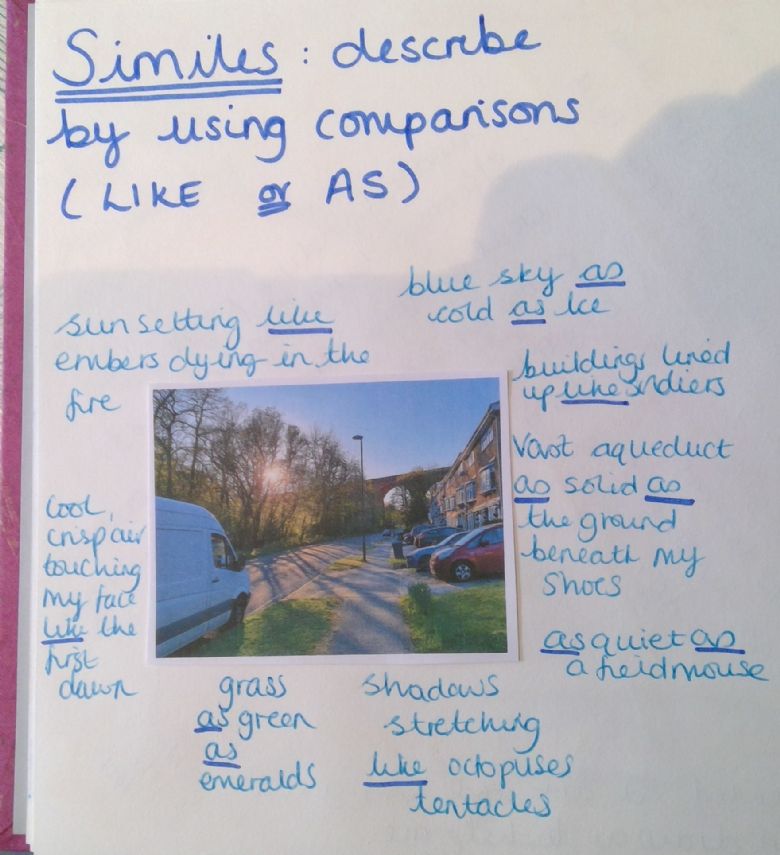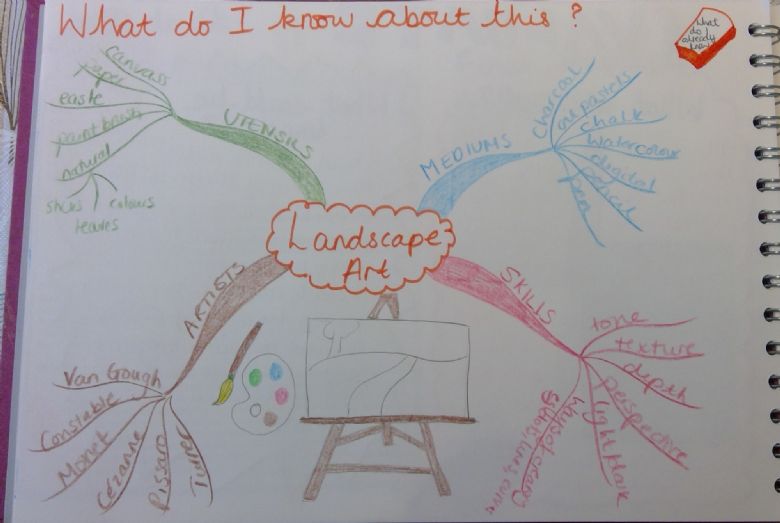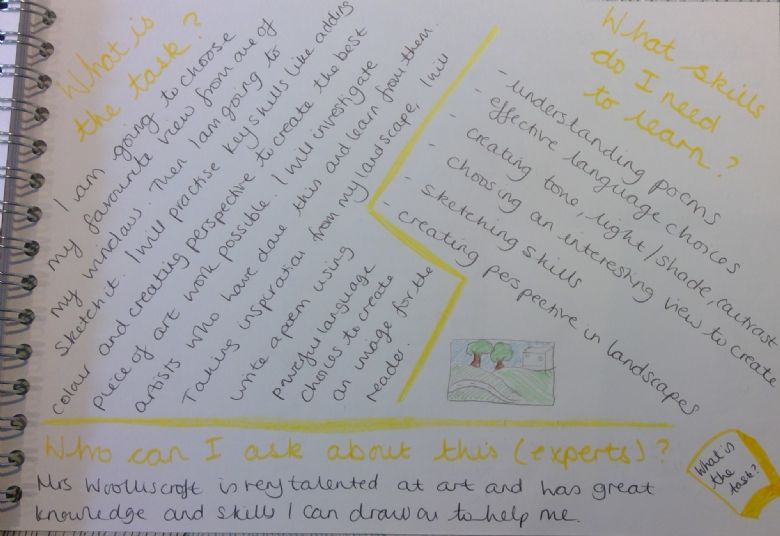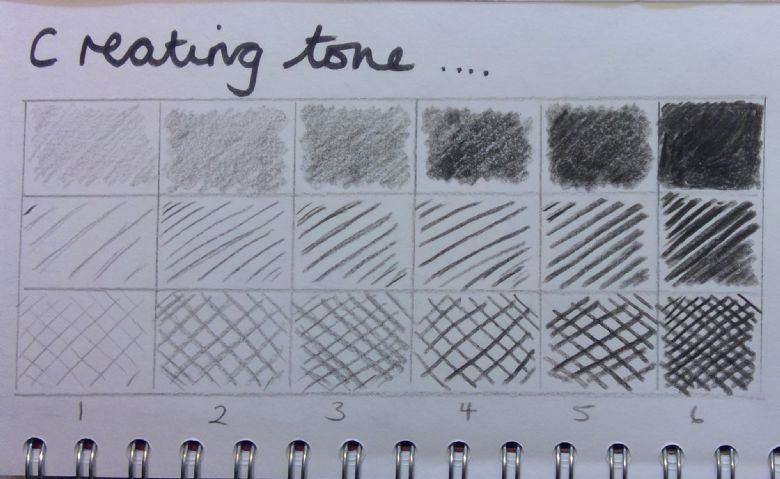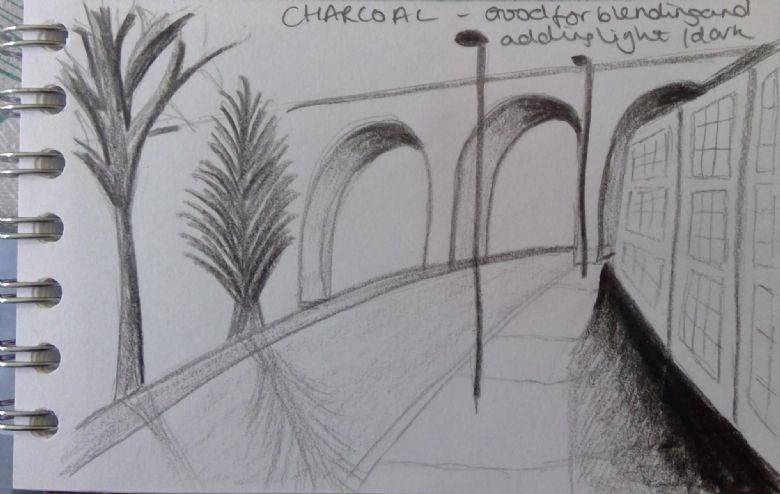Monday 20th April
Hello Class 3 and welcome back to another week! I am looking forward to seeing what you do this week as I know how amazing all of you are at art and you constantly amaze me with the quality of work you can produce.
Let me know if you need anything at all, I am only an email away.
Enjoy!
Mrs Smurthwaite
|
Time |
Learning |
|
9-9:30 |
Joe Wicks virtual PE – bodycoachtv on youtube.com |
|
9:30 – 9:50 |
Guided reading Read the text and answer the questions below the writing. Answers: use my video to see if you were right and mark your work. Remember, if you got it wrong, correct it. We learn from our mistakes. |
|
9:50-10:30 |
LO: to recall what a simile is, discuss their use in poetry and experiment with creating my own SC1: I can identify a feature in a picture that could be described using a simile SC2: I can describe a feature using a comparison SC3: I can use like or as to compare Powerful writing can paint pictures in a reader's mind and there are different ways to create images. Similes is one strategy for doing this. Similes are used to describe things by comparing them to other things. Have a look at the examples of similes I have given you to remind yourself what they are like. Now write down as many similes that you know already. Set the timer for 2 minutes and think of as many as possible (e.g. white as snow, bright as the sun etc.). From our prior learning on similes we know that the use LIKE or AS to describe by comparing to something else. Watch Roger McGough read his poem The Reader of this Poem. https://vimeo.com/219000842 Which similes did you notice? Now that you have listened to the poem, look at the copy I have given you and see how many similes you can find. Then choose which simile is your favourite and why. Language choices have a powerful impact and so we have to choose our words carefully. How can bubblegum be troublesome? What image is created? Why else do these words go well together? (Their rhythm and rhyme) Activity https://www.youtube.com/watch?v=UR3GNwRJf5w Everything we are doing is leading towards us writing our poem at the end of the week. Have a look at the various views from the rooms in your house. Can you take photos from them and stick them into your book? Come up with as many similes as possible to describe things you can see from the windows. What is the sky like? What is the sun like? What can you see? What are you going to compare them to? https://www.youtube.com/watch?v=POEfyoKjUSg
|
|
10:30-11:00 |
Break time/snack time |
|
11:00 – 11:30 |
TTRockstars |
|
11:30- 12:15 |
LO: To recall what a fraction is, memorise what unit and non-unit fractions are and identify fractions SC1: I can explain what a fraction is using the correct vocabulary (numerator, denominator, equal parts) SC2: I can describe what a unit fraction is and how we can identify them SC3: I can discuss what a non-unit fraction is and identify them https://whiterosemaths.com/homelearning/year-3/ Click on week 1 lesson 1. Watch the tutorial and then answer the questions. You can use the mark sheet to see how accurate you were. Challenge – What is a fraction. Year 3 if you are feeling confident then give this a go. Year 4, your pre-existing knowledge of fractions and the revision you have just done should mean that you can complete this. If you are struggling let me know. |
|
12:15- 1:15 |
Lunch |
|
1:15- 2:00 |
What do I know about this? What do you know about art, landscapes, specific artists, types of art utensils and ways of creating images? You can record this however you want. We have used mind maps, lists, paragraphs, spider diagrams. It is completely up to you. In the last challenge I showed you a paragraph and the time before a mind map, but the choice is yours! Remember to use colour and to think about presentation.
What is the task? Can you write in your learning journal in your own words what your challenge for this week is? Don’t forget presentation and decoration. We want to look back at these in years to come and be amazed at what we achieved! Finally, I want you to think about what skills you might need in order to be able to complete this challenge. What new information do you need, what things do you need to learn? See if you can create a (short) list. Who might you need to ask for help? Are there any experts who can help you?
|
|
2:00- 2:30 |
Exercise – e.g. mindfulness yoga, fresh air in the garden, run up and down the stairs seeing if you can get faster every time! |
|
2:30-3:00 |
LO: to recall what a landscape is and to understand the effect tone has on a landscape drawing SC1: I can explain what is meant by the term ‘landscape’ SC2: I can describe what tone means when referring to artistic techniques SC3: I can use tone to create light and dark What is a landscape? Look through the PowerPoint which looks at various landscapes and how they are created differently. It shows you lots of examples of landscapes. The artist who was responsible for the final set of landscapes, Heaton Cooper, was very good at using specific artistic techniques to create his pieces. Today we are going to focus on the use of tone. Have a look at this YouTube video that explains what tone is: https://www.youtube.com/watch?v=qNawqTqUrP0 https://www.youtube.com/watch?v=2HXky1kElro
Challenge: Have a go at creating your first landscape. Choose a place from a window that you particularly enjoy. This might not be the landscape you use for your final picture so don’t worry too much if you change your mind later down the road. This is the view I have chosen. There are lots of opportunities for me to create tone in this picture which is why I have chosen it. You might choose to take a photo and work from that or you might like to sit and draw from real life. Whichever you find appropriate for you is fine. Now you need to do a pencil outline of the landscape. Don’t worry about all the tiny details for this first attempt. Get as many features in as you can but just with an outline. Have a look at my first attempt.
I haven’t finished yet but it gives you an idea of how I am building up the picture. Once you have done this, use your tonal values to start adding depth, remember to use the side of your pencil to help you as this can give the best way of shading. Look back at the very beginning of the YouTube clip to give you an idea of what this will look like. |
|
3:00 – 3:15 |
Story time – The Ice Monster I have attached the pages from the introduction and the first chapter on the web page. Download them and read along with me! |

